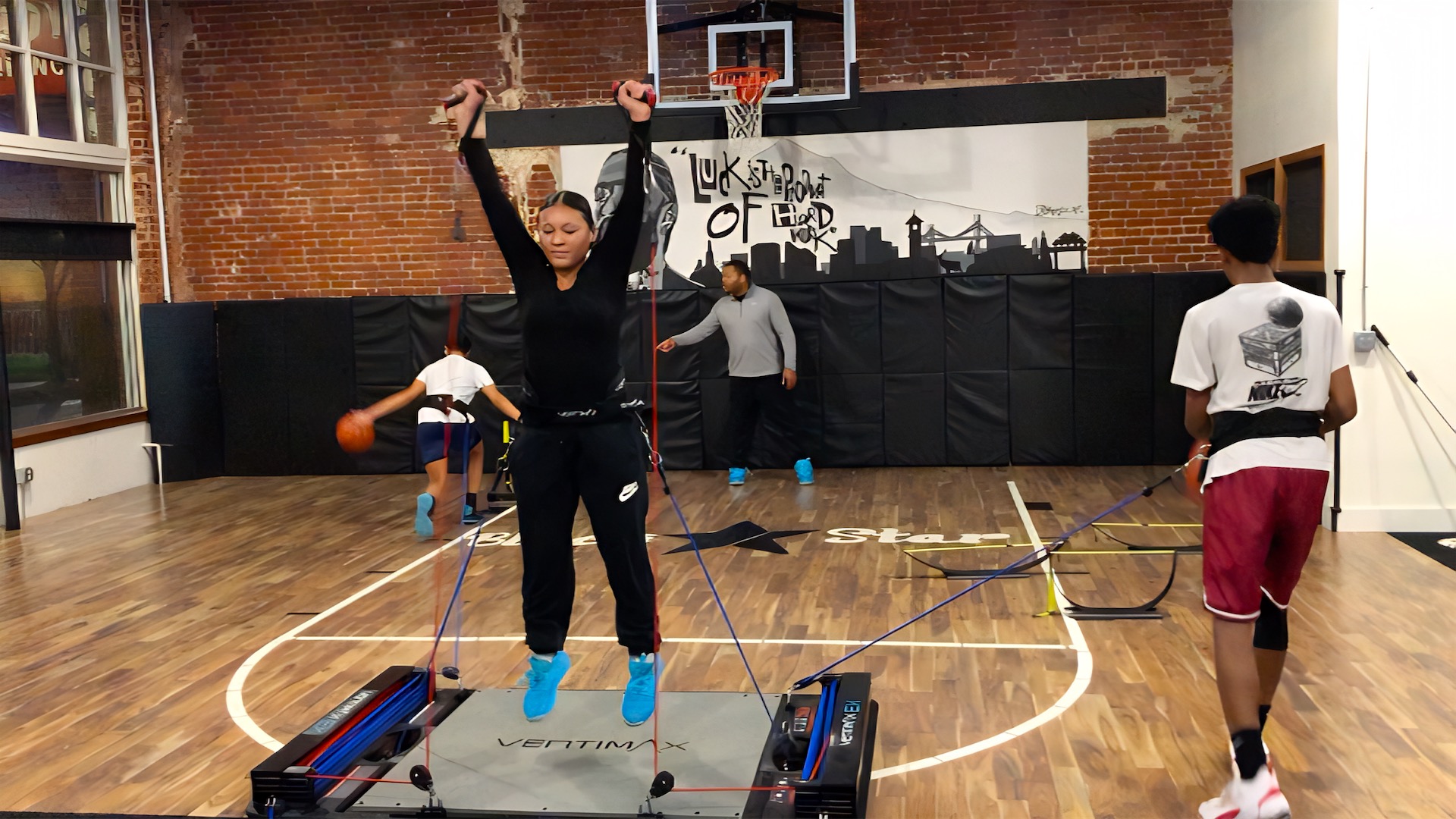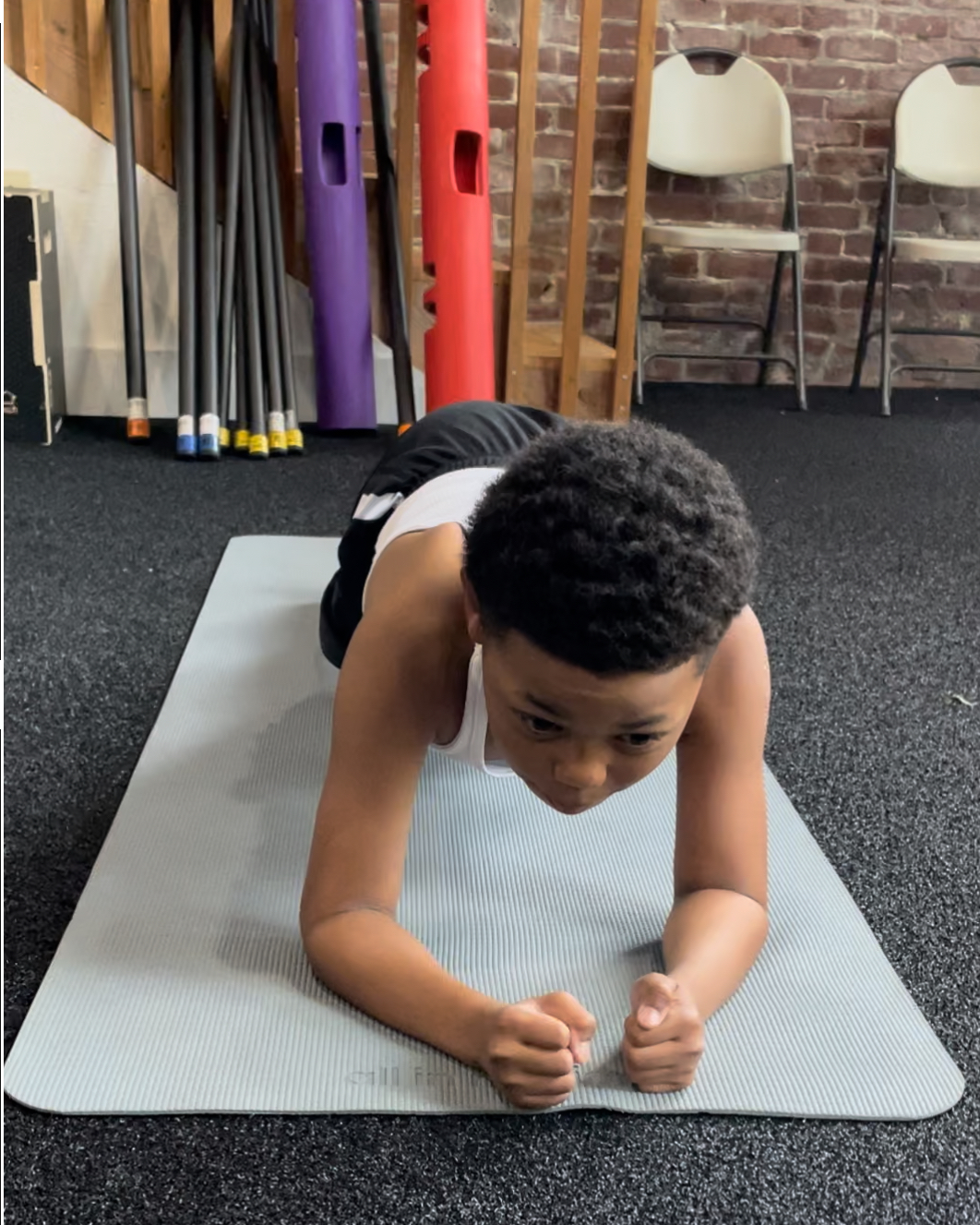Plyometrics, or “jump training,” is a powerful method for enhancing athletic performance. This training technique focuses on explosive movements that increase power, speed, and agility, making it a cornerstone for athletes across various sports, from basketball and football to track and field.
Understanding Plyometrics
Plyometrics involves rapid stretching and contracting of muscles to produce powerful movements. The key to these exercises lies in the stretch-shortening cycle, where muscles are pre-stretched before contracting, allowing them to store and release elastic energy more effectively. Common exercises include box jumps, squat jumps, and bounding, all of which target the lower body to improve force generation and overall athleticism.
Benefits of Plyometric Training
1. Increased Power and Explosiveness: Plyometric training enhances an athlete’s ability to produce force quickly, which is essential for jumping higher, sprinting faster, and performing better in explosive sports movements.
2. Improved Speed and Agility: Plyometric exercises like lateral bounds and cone drills train fast-twitch muscle fibers, crucial for quick acceleration, deceleration, and change of direction, giving athletes a competitive edge in sports like football and basketball.
3. Enhanced Neuromuscular Coordination: Plyometrics refines the communication between the nervous system and muscles, leading to more efficient movement patterns. This improved coordination is vital for sports requiring precision, such as gymnastics or martial arts, and helps prevent injuries.
4. Injury Prevention: Plyometric training strengthens muscles, tendons, and ligaments, reducing the risk of injuries. Exercises like depth jumps or single-leg hops improve joint stability and proprioception, key factors in injury prevention.
Implementing Plyometrics
To maximize benefits and minimize injury risk, plyometrics should be integrated carefully into an athlete’s training regimen:
1. Start with Basics: Beginners should focus on simple movements like squat jumps and box jumps to build a foundation of strength and coordination before progressing to more advanced exercises.
2. Prioritize Quality: Emphasize explosive, high-quality movements over quantity. Each exercise should be performed with maximum effort and precision to develop power and speed effectively.
3. Balance with Other Training: Plyometrics should be part of a comprehensive program that includes strength training, endurance work, and flexibility exercises to balance the body’s demands and reduce overuse injuries.
4. Monitor Fatigue: Plyometrics can be taxing, so monitoring fatigue and ensuring adequate rest is crucial to avoid overtraining and potential injury.
5. Progress Gradually: Athletes should increase the intensity and complexity of plyometric exercises gradually, allowing their bodies to adapt to the increased demands.
Conclusion
Plyometric training is a versatile and effective method to boost athletic performance. By incorporating explosive movements into their training, athletes can develop the power, speed, and agility needed to excel in their sport. When implemented correctly, plyometrics not only enhances performance but also contributes to injury prevention and overall athletic development.
In today’s competitive sports environment, many young athletes are encouraged to participate in multiple sports year-round, with the belief that more playtime leads to better skills and greater success. However, this approach can often be counterproductive, leading to burnout, overuse injuries, and stunted athletic development. Instead, athletes should consider investing time in sports performance training to enhance their overall athletic abilities, reduce the risk of injury, and ultimately achieve higher levels of success in their chosen sports.
The Pitfalls of Playing Too Many Sports
While participating in various sports can develop a broad range of skills and keep young athletes engaged, it often comes with significant downsides. The most common issue is the lack of rest and recovery time. Continuous participation in multiple sports, often with overlapping seasons, leaves little room for the body to heal and strengthen. This increases the risk of overuse injuries, such as stress fractures, tendinitis, and muscle strains.
Additionally, playing multiple sports can lead to burnout. The constant pressure to perform, coupled with the physical and mental demands of juggling different sports, can cause young athletes to lose their passion for the game. Instead of improving, they may experience fatigue, reduced performance, and a lack of motivation.
The Benefits of Sports Performance Training
Sports performance training focuses on developing the foundational elements of athleticism, such as strength, speed, agility, and flexibility. By investing time in this type of training, athletes can enhance their performance in all sports, rather than just focusing on sport-specific skills.
1. Improved Athleticism: Performance training builds the physical qualities that are essential across all sports. Whether it’s the explosiveness needed for a basketball jump shot, the speed required to sprint down a soccer field, or the agility to change direction on a dime in football, sports performance training lays the groundwork for superior athleticism.
2. Injury Prevention: A well-rounded sports performance program includes exercises that strengthen the muscles, improve joint stability, and enhance flexibility. These components are crucial for reducing the risk of injuries that can occur from repetitive motion or sudden impacts in sports. By preparing the body to handle the physical demands of competition, athletes are less likely to suffer from setbacks that could derail their progress.
3. Long-Term Development: Focusing on performance training allows athletes to develop at a sustainable pace. Rather than peaking too early or plateauing due to overuse, they can steadily improve their athletic abilities. This long-term approach helps athletes build a strong foundation that supports continuous growth and success throughout their careers.
4. Mental and Physical Resilience: Performance training also strengthens the mental toughness required to push through challenges. The discipline and focus needed to complete rigorous training sessions translate to improved confidence and resilience in competition.
Conclusion
While playing multiple sports has its merits, athletes should prioritize sports performance training to maximize their potential. By focusing on building strength, speed, agility, and injury resistance, athletes can achieve higher levels of success in their chosen sports. Investing in performance training not only enhances athleticism but also supports long-term development and reduces the risk of burnout and injuries. For athletes looking to excel, the time spent in the gym or on specialized training will pay off far more than simply playing more games.


